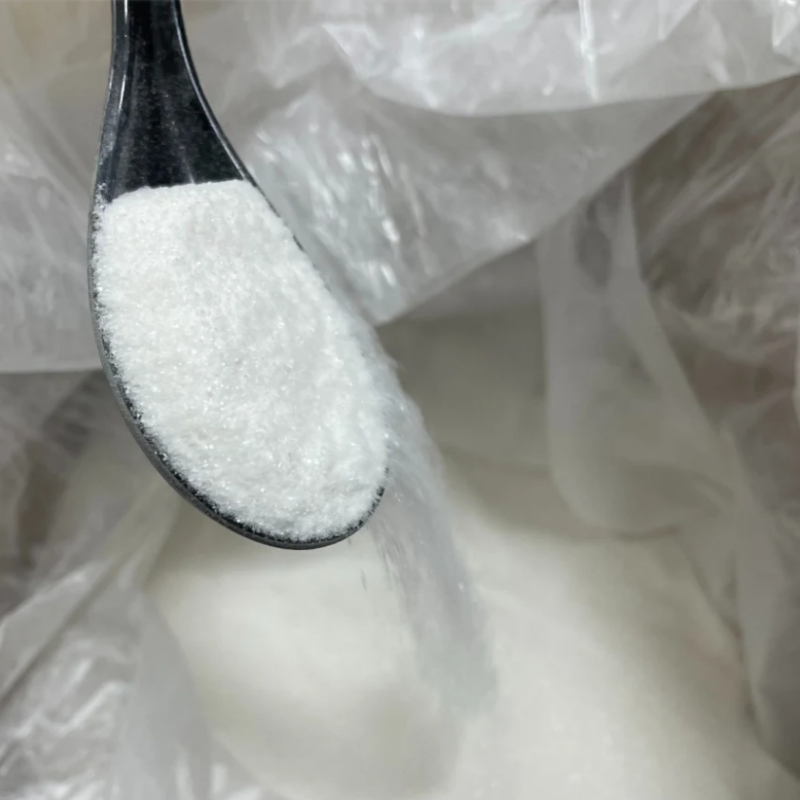-
Categories
-
Pharmaceutical Intermediates
-
Active Pharmaceutical Ingredients
-
Food Additives
- Industrial Coatings
- Agrochemicals
- Dyes and Pigments
- Surfactant
- Flavors and Fragrances
- Chemical Reagents
- Catalyst and Auxiliary
- Natural Products
- Inorganic Chemistry
-
Organic Chemistry
-
Biochemical Engineering
- Analytical Chemistry
-
Cosmetic Ingredient
- Water Treatment Chemical
-
Pharmaceutical Intermediates
Promotion
ECHEMI Mall
Wholesale
Weekly Price
Exhibition
News
-
Trade Service
Recently, the China Institute of Standardization held a sharing meeting on the "Copper and Aluminum Cable Life Cycle Environmental Assessment Report" in Beijing, which assessed the main impact of aluminum alloy cable and copper cable on the environment in the whole life cycle process
.
The study found that the environmental impact of the product use stage accounted for the highest proportion, reaching more than
98%.
Studies have shown that the impact of copper cable on the environment in the use stage is much smaller than that of aluminum alloy cable
.
Chen Liang, director of the emission reduction research office of the China Institute of Standardization, introduced that the five stages of raw material acquisition, product manufacturing, product use, transportation and disposal were used as the system boundary of the two cables, and the impact
of aluminum alloy cables and copper cables on global warming, acidification, eutrophication potential, human toxicity potential and energy consumption was evaluated.
From a sustainability perspective, copper can be 100% recycled
.
Therefore, the impact of copper cables on the environment is much less than that of aluminum alloy cables
.
It is worth mentioning that compared to primary copper, recycled copper has a relatively
low environmental impact.
Recently, the China Institute of Standardization held a sharing meeting on the "Copper and Aluminum Cable Life Cycle Environmental Assessment Report" in Beijing, which assessed the main impact of aluminum alloy cable and copper cable on the environment in the whole life cycle process
.
The study found that the environmental impact of the product use stage accounted for the highest proportion, reaching more than
98%.
Studies have shown that the impact of copper cable on the environment in the use stage is much smaller than that of aluminum alloy cable
.
Chen Liang, director of the emission reduction research office of the China Institute of Standardization, introduced that the five stages of raw material acquisition, product manufacturing, product use, transportation and disposal were used as the system boundary of the two cables, and the impact
of aluminum alloy cables and copper cables on global warming, acidification, eutrophication potential, human toxicity potential and energy consumption was evaluated.
From a sustainability perspective, copper can be 100% recycled
.
Therefore, the impact of copper cables on the environment is much less than that of aluminum alloy cables
.
It is worth mentioning that compared to primary copper, recycled copper has a relatively
low environmental impact.







